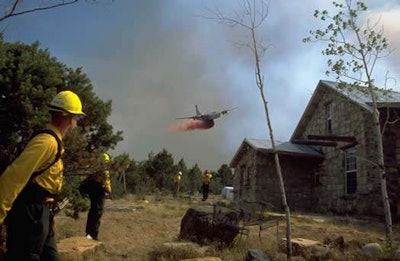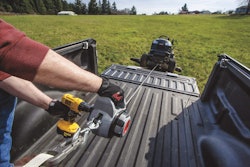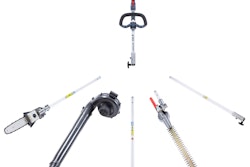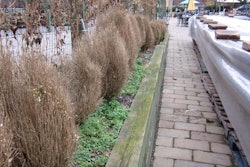 Especially in drought conditions, fire safety involves the backyard, not just the forest. Photo: IdahoFirewise.org
Especially in drought conditions, fire safety involves the backyard, not just the forest. Photo: IdahoFirewise.orgDrought-resistant landscaping receives a lot of attention, but just as important during the dry summer months is what’s come to be called “firewise” landscaping – the practice of decreasing, rearranging and sometimes eliminating material that provides fuel to a fire in order to protect property.
“There is a common misconception that to be firewise you have to have no plants, no nice landscaping around your home, just unburnable rocks,” says Ivy Dickinson, Idaho Firewise director, “but that’s really not true.” She discussed firewise landscaping during an interview with KLEW-TV in Moscow, Idaho.
Landscaping practices to reduce fire hazards include thinning and pruning forests and removing brush; choosing particular plant materials over others; disrupting plant continuity with non-flammable material such as concrete and rock; and removing fuels from the landscape by maintaining vegetation, raking up leaves and keeping wooden decks clear of pine needles.
“One of the biggest risks to structures actually occurs from embers,” Dickinson told the television station. “It is called ’ember shower,’ where wind-blown embers that are blown off a fire onto your property can actually ignite flammable material that has collected.”









